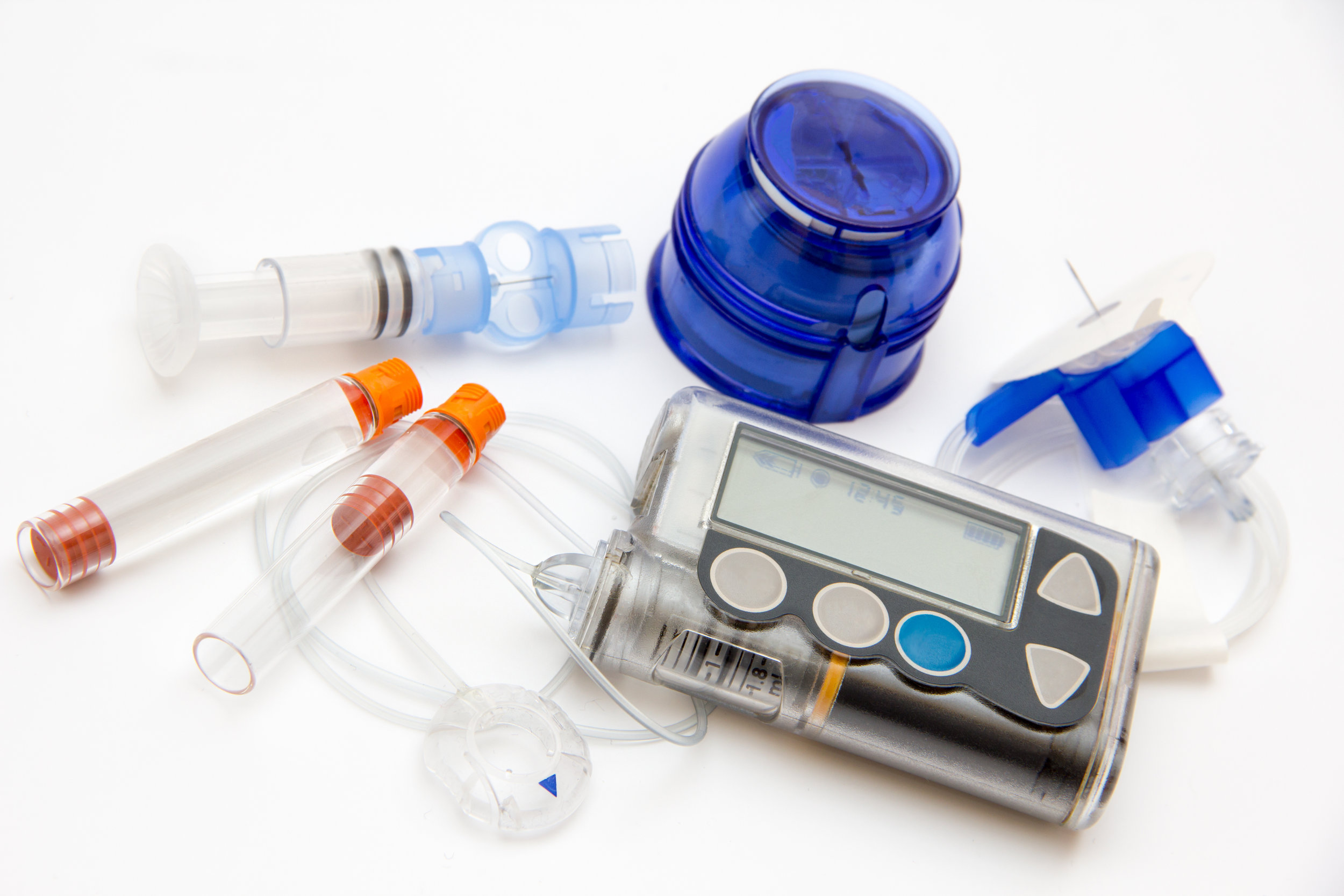I am a rule breaker. I believe that the best way to know how something works is to learn how to cheat, at least medically speaking. Listen to the “rules”, test them, and then figure out something that works better for you. That’s how I learned how my body works with each diagnosis. I suspect that most chronic patients do this.
That “something that works for you” usually involves making some of your own rules. One of my primary rules for a long time has been: Never be the guinea pig. Let new tech and treatments go through two or three (or more!) rounds of testing before you jump on board. You don’t want to be the one to discover the wrinkles. (Stem cell transplants being the one exception because it’s such a complete solution and hypothetically light on the necessity for immunosuppressants.)
I wrote a few months ago about the mistake I made depending on a new technology to help me get out of a bad medical situation, how putting all my eggs in one basket was one epic fail. The result of that fail was that I just turned off the function that made it such a breakthrough technology because it wasn’t working.
Recently, I’ve been having another issue with that breakthrough technology. It’s a pump, so it involves a few pieces that transfer insulin from a large reservoir (~300 units) into my body. There’s also tubing and a piece that sticks to my torso. All pieces have to work in order to properly deliver the insulin. On 17 of the last 34 days, I have gotten an alarm saying the insulin flow is blocked. That’s a lot. It encompasses seven or eight different sets of equipment from different lots, and seven or eight separate sites on my body, so it’s not like it’s the same thing causing the alarm every time.
To make the problem worse, the alarm, which can’t be stopped unless you suspend operations of the entire machine, goes off in the middle of the night half the time. Last night, it went off every hour starting at 11:30 until I suspended the machine, which is iffy because I only have short acting (~3 hour) insulin at home. How am I supposed to work, cook, exercise, or generally function, if the stupid machine keeps me awake half the night?
So, I called the manufacturer. The rep, who was supposed to be a specialist for this model, went through what was obviously a prescribed checklist, which is what she was trained to do. But when it became clear that I had already been through and addressed all of the possibilities she had in front of her, there was no one I could escalate my concerns to. There was no option to talk to someone who knew more about the actual engineering of the device, so we might be able to figure out what was going on.
This happened back when I first got the device, too. This pump was supposed to be a huge step forward—the first closed loop system between blood sugars and insulin delivery, and I had gotten it only six months after it was first released. I was so hopeful that it could help me out of the difficulties I was having with my blood sugars. It did not take long for me to realize that something just wasn’t right. My blood sugars were still spiking way too high. That wasn’t supposed to happen – the pump’s artificial intelligence was supposed to prevent it.
I tried to figure out why the revolutionary part of the tech was failing, but there was no one who could explain how the algorithm worked so I could program delivery rates that would work for the tech. It was only three months later, at my next doctor’s appointment, that I found out that most of the people who were as sensitive to insulin as I am were having the same issue – the device just couldn’t keep up with our bodies’ demands. Someone should have told me that before I asked my insurance company to fork out nearly $10,000.
Back then, I just stopped using the automatic delivery function of the device. I can’t really do that with this issue – it’s the fundamental operation of the pump. So, this time, when they sent around their after-action survey, I told them that I was considering going back to the lesser pump, which literally never had this problem, at least in the 17 years I’d been using it. I also mentioned that their competitor was looking awfully good right now. (Their major competitor, Animus, went under a couple of years ago, and they got most of the business, but there is one other young company, Tandem, to prevent a monopoly.) I don’t know if either of these solutions are possible. I’m not sure anyone has ever wanted to go back to less sophisticated technology, and it’s nearly impossible to convince an insurance company to cover a new pump before the warranty expires. So, I don’t know what I’m going to do.
The lesson for me is: don’t break your own rules, even if you’re desperate. They’re there for a reason.
The lesson for them is: make products that work. Here’s looking at you, Medtronic MiniMed!

